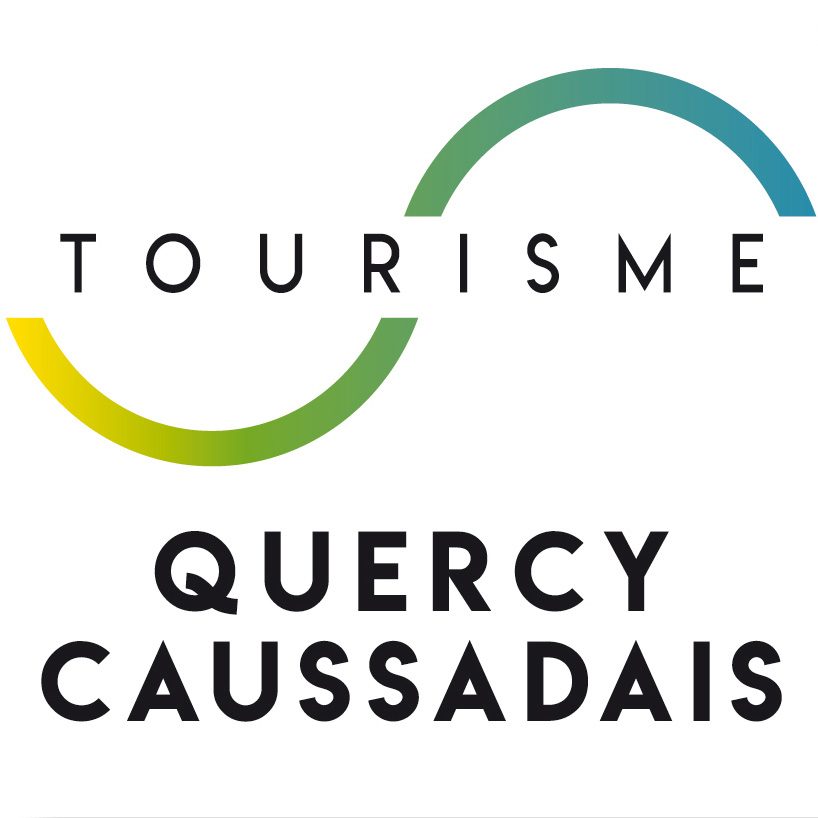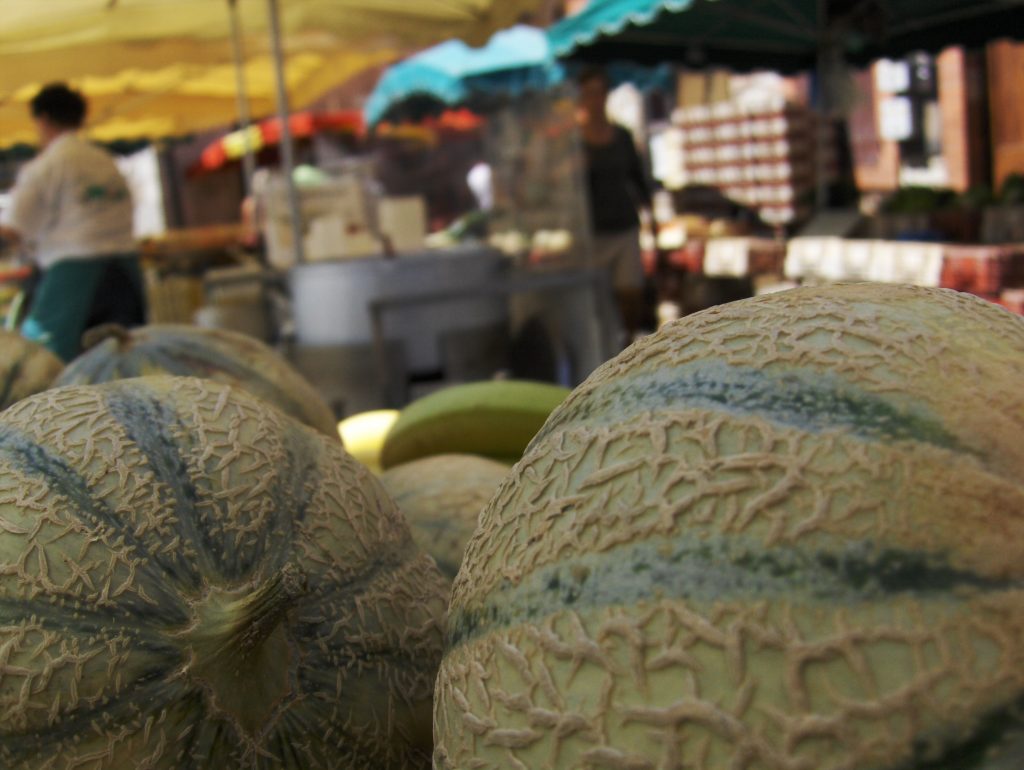Quercy Caussadais is a region full of surprises. It is a particularly agricultural area and the ideal place for cultivating the art of flavor, with its rich and varied gastronomy. Quercy Caussadais is a gateway to the largest orchard in southwest France.
Sweet treats
Pastis, an almost forgotten cake
Pastis: pie or croustade? The inhabitants of the southwest don’t all see eye to eye when it comes to the name given to this cake, prepared here since the Middle Ages. But as long as its translucent pastry has some crunch, and the apples a nicely caramelized taste, the arguing settles down. It’s divine, and that’s all that matters.
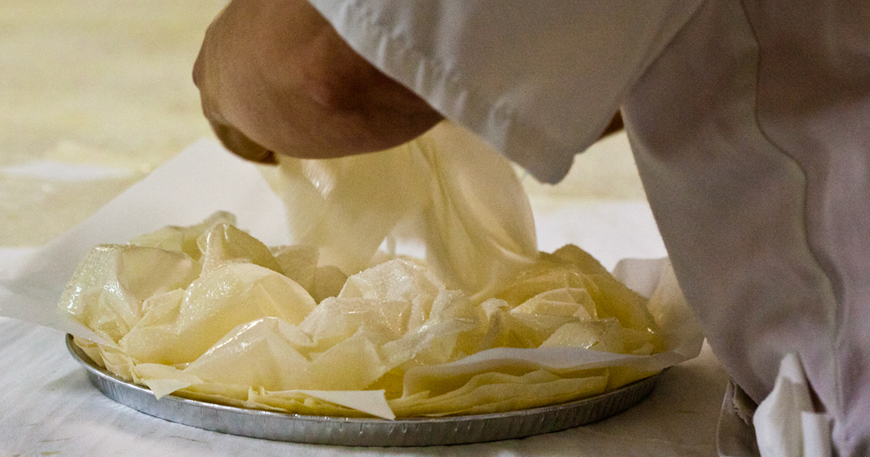
Quercy melon
This type of melon is cultivated by hand by small producers in Quercy on south-facing hillsides. It lends itself to all kinds of culinary fantasies. It is a fruit that merits special attention, and can be eaten fresh, as an appetizer, with a nice slice of cured ham, or as a dessert, served with a little basil (try it, you’ll see…).
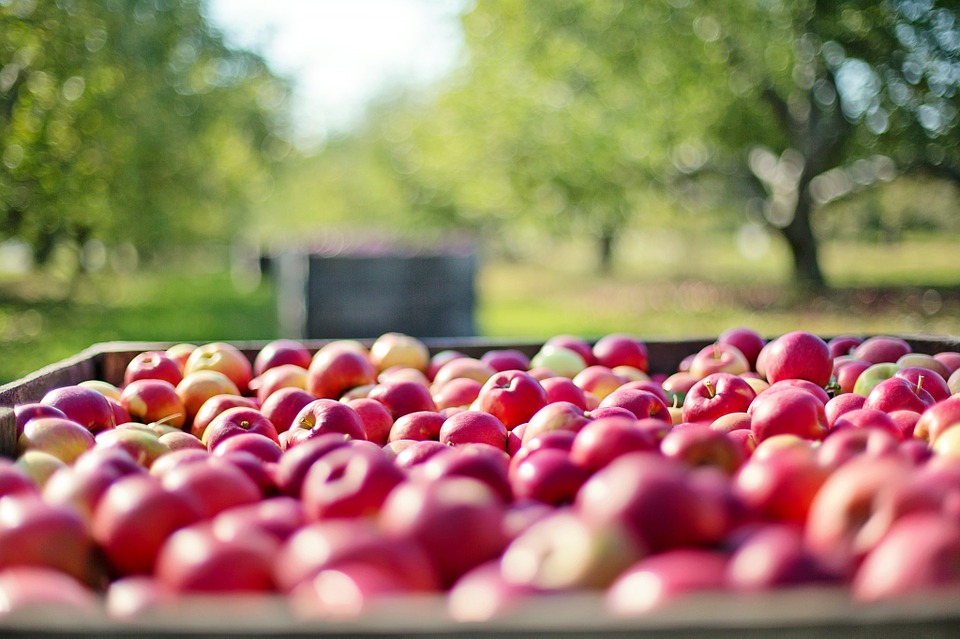
The Agen prune
Believe it or not, you will also find Agen prunes grown in Quercy Caussadais! The Agen prune, obtained from drying Ente plums, is a local fruit that concentrates all of the plum’s benefits. Traditionally, Ente plums are harvested between mid-August and mid-September, once they have reached maturity.
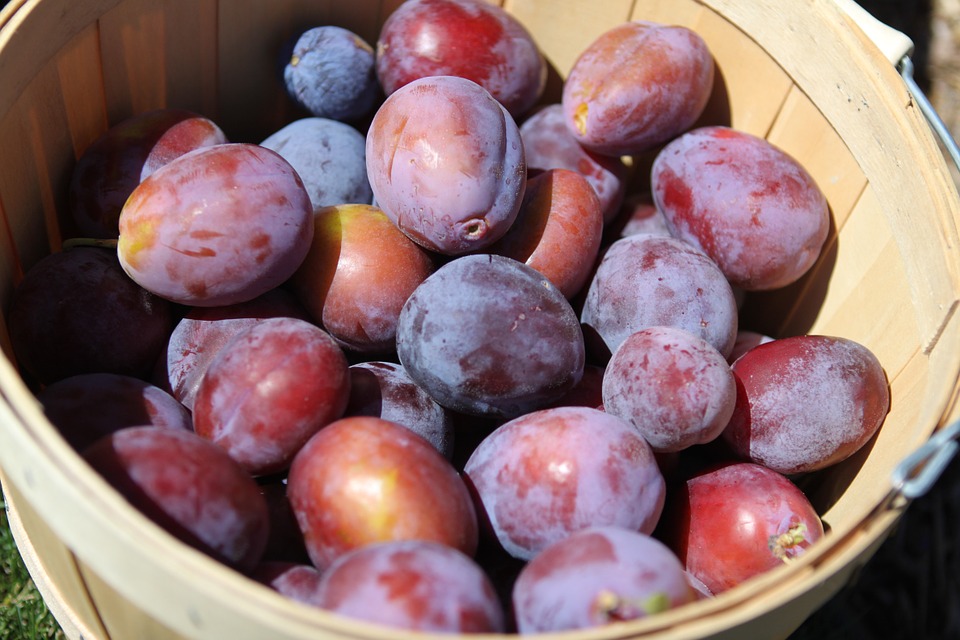
Where can you find these sweet treats?
On the hillsides of Mirabel, an ideal place for growing high-quality fruits. The Cabos family specialize in the Agen prune, available in all its forms.
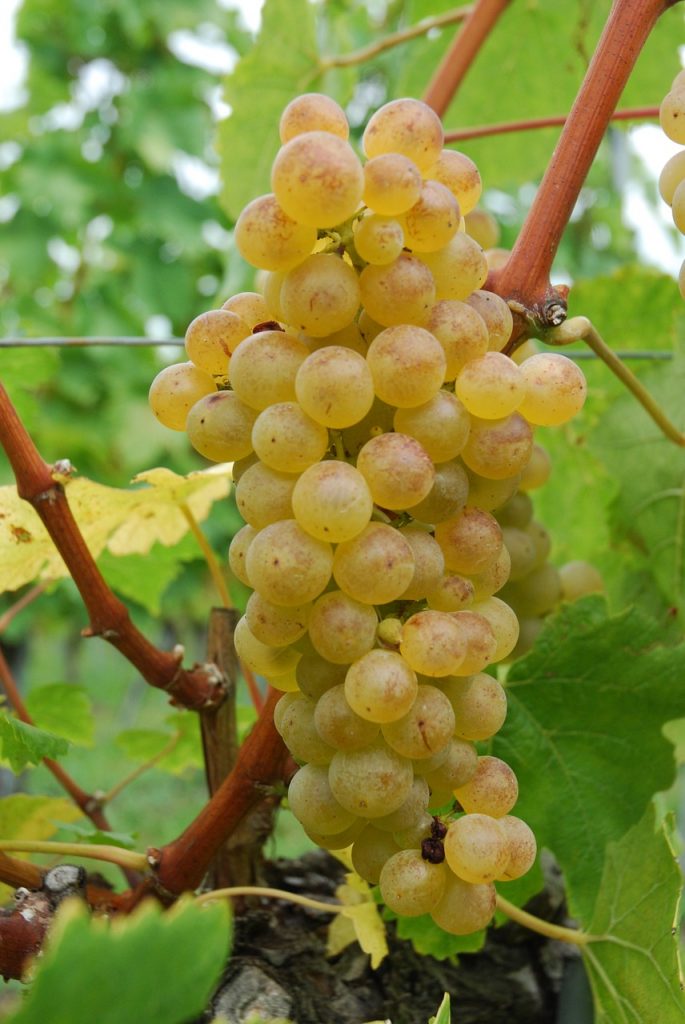
Moissac PDO Chasselas grapes
Why are they so irresistible? They are recognized by their translucent color, with fine, golden skins concealing a sweet and delicate juice. This table grape has been a specialty since the 18th century.
The grapes are picked by “chasselatiers” when fully ripe. These Chasselas specialists then prepare them with the greatest care, trimming them by hand to always obtain a perfect bunch. Harvesting begins at the end of August and continues through to the first frost.
A gourmet treat
The Quercy black truffle
“Tuber melanosporum,” more commonly known as the black truffle, is a food appreciated by connoisseurs. This very fragrant mushroom, harvested with the help of dogs and pigs, is a jewel of Quercy gastronomy.
You will find this black gem from December to March at the Caussade market, where its scent mixes with the sweet spicy notes of saffron.
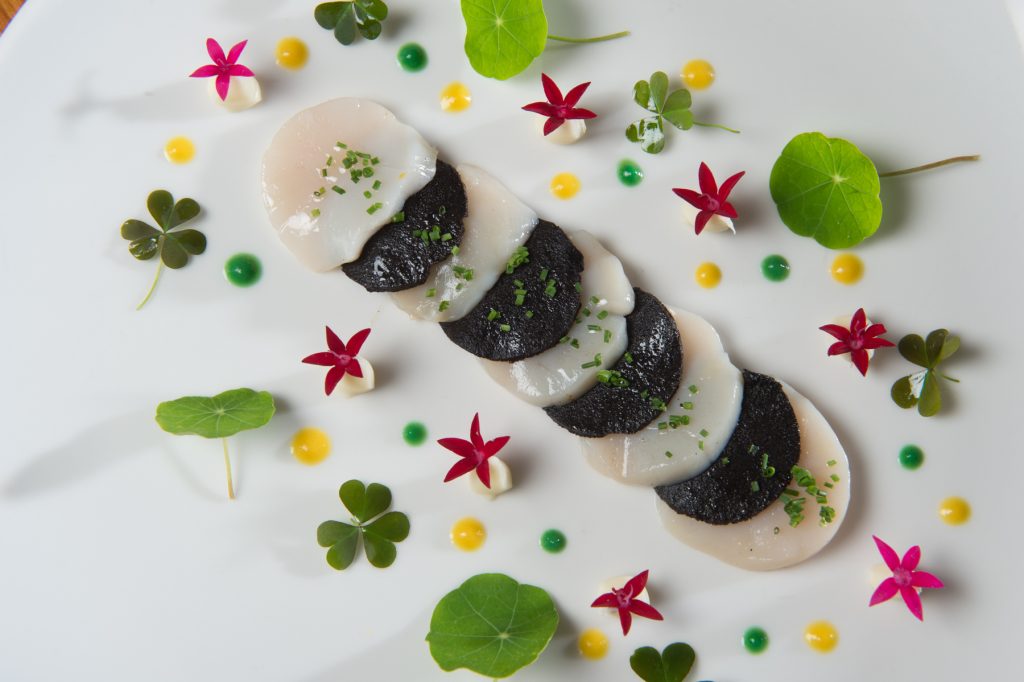
You can taste black truffle at the Les Sens restaurant in Puylaroque, where Thierry Pszonka, a specialist in Quercy truffles and lamb, will introduce you to his creative gastronomic cuisine.
Quercy saffron
Cultivation of Quercy saffron, which has been revived in and around Quercy over the past twenty years, is carried out by hand. You will find it in the form of pure stigmas that are carefully selected and dried, which explains why they are so incredibly aromatic, much more so than powdered saffron.
Come and see this precious spice in bloom in October. Quercy saffron is used in local recipes, both savory and sweet.
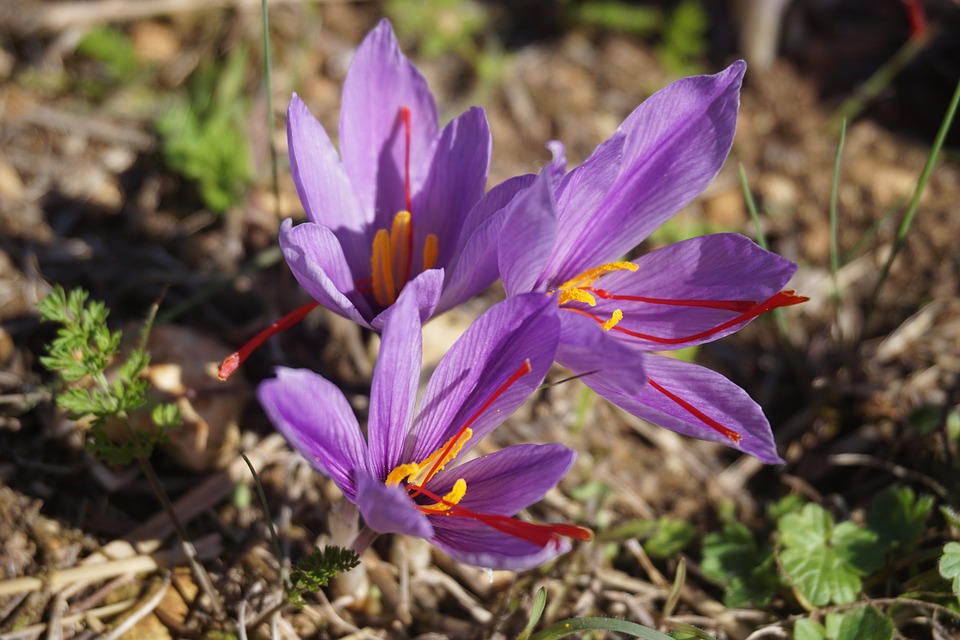
You can try these new flavors in our local restaurants, at our markets, and in some stores selling regional produce.
Foie Gras
Foie gras is a great classic during France’s winter holiday season, and an essential part of Quercy Caussadais’ gastronomic heritage.
The history of foie gras dates back 4,500 years, to the banks of the Nile in Egypt. Then, in the 1st century BC, foie gras spread through Romanized Gaul. Geese began being bred for their meat and liver in southwest France mainly in the 16th and 18th centuries. Duck and goose foie gras can both be consumed in an infinite number of ways.
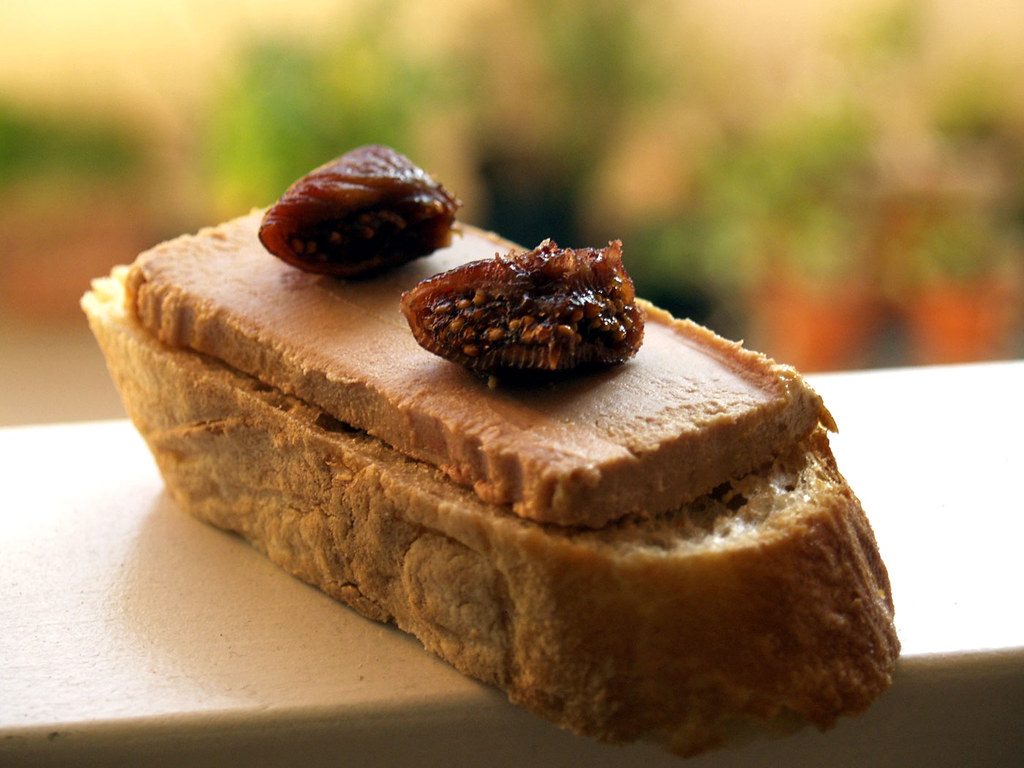
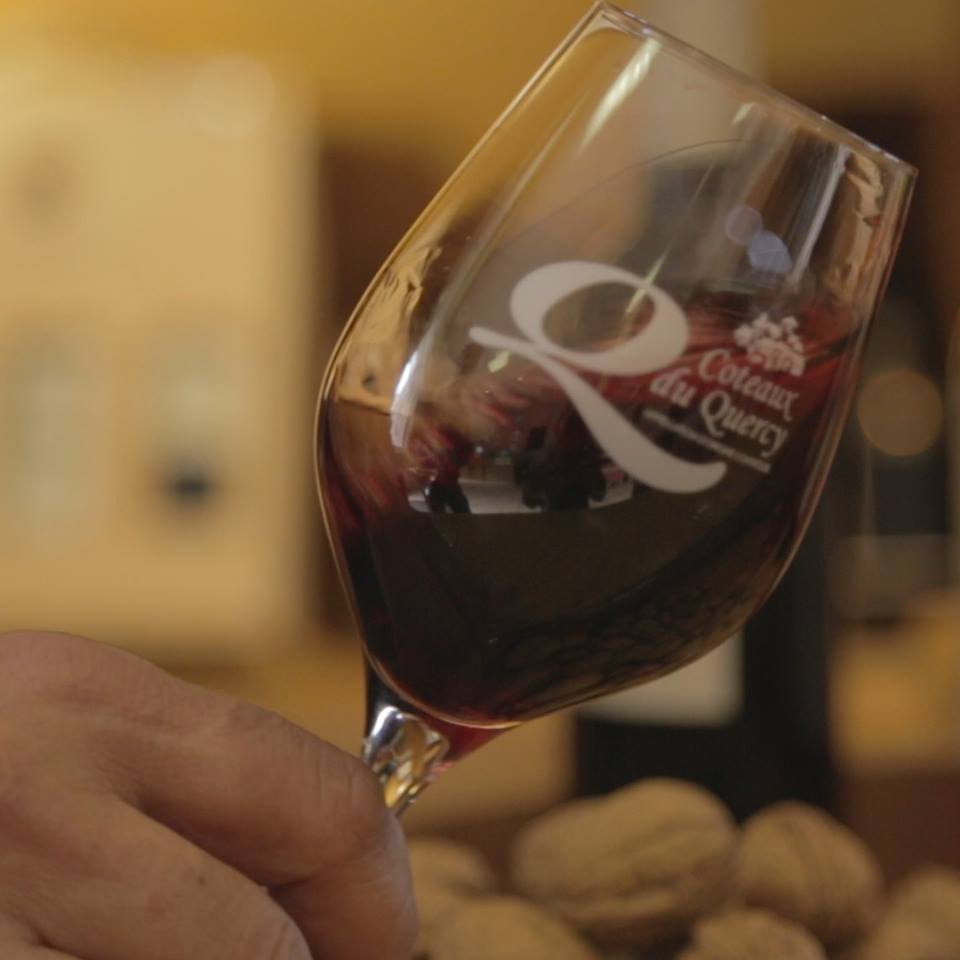
Coteaux du Quercy wines
This wine-growing area is a place that encourages new tasting experiences, a feast for both the eyes and the taste buds. Fleshy on the palate and with a supple attack, Coteaux du Quercy wines reveal pleasant aromas of raspberry, blackberry and blackcurrant, underscored by subtle floral and peppery notes. Coteaux du Quercy red wines are rich in “good tannins,” which become rounder with age. They have been PDO wines since 2011.
Our winegrowers have a passion for their work, so feel free to pay them a visit.
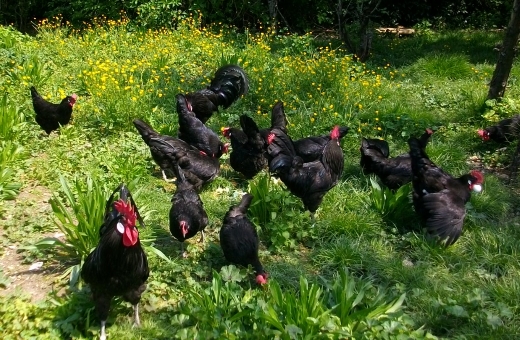
The Caussade black hen
The Caussade hen is a rustic, elegant and lively medium-sized hen native to southwest France. It is black, with shiny feathers. This hen has become the subject of renewed interest on account of its very tasty, high-quality flesh.
- share:
